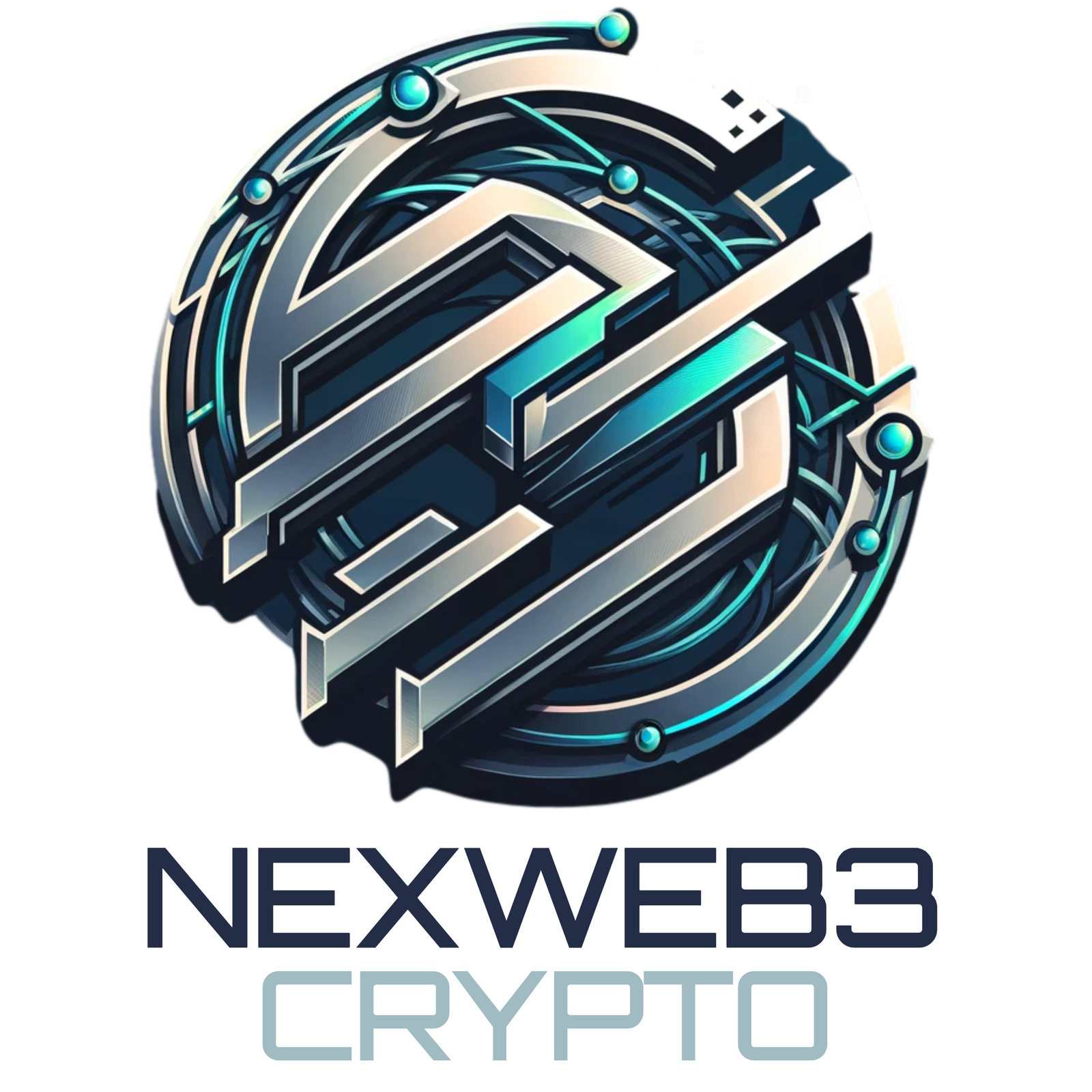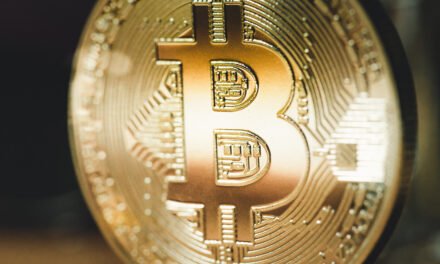In the world of cryptocurrencies where values can change rapidly within hours or even minutes stable coins have emerged as a reliable option for those seeking stability. These digital assets are designed to minimize price fluctuations by tying their value to another asset such as fiat currency like US dollars or commodities including gold. By doing so users benefit from fast transactions and enhanced security without experiencing wild swings in pricing that often come with other forms of crypto trading.
In todays unpredictable cryptocurrency market where Bitcoin can experience significant fluctuations at any given moment having a reliable alternative is essential for traders and investors alike. This need has led to the creation of stable coins which act as buffers against volatility by allowing users to convert their assets into these more predictable currencies during times when markets are experiencing turbulence. By doing so they safeguard their investments while maintaining liquidity – an important consideration in this space. Additionally stable coins provide reassurance that encourages mainstream adoption since businesses and individuals feel confident enough about using digital currency without fear of sudden losses due to its stability provided through conversion with stable coins. Overall the existence of stable coins plays a crucial role in stabilizing crypto markets making it easier for everyone involved to navigate them safely and securely.
Stable coins are a popular choice for those looking to navigate the volatile world of cryptocurrencies. However, its essential that you understand their different categories before making any investment decisions: fiat backed stablecoins rely on traditional currencies held in reserve at banks; crypto backed ones use other digital assets as collateral while algorithmic models operate through smart contracts adjusting supply based on demand fluctuations without physical backing.

Fiat-backed options like Tether (USDT) and USD Coin (USDC) offer users peace of mind knowing each coin is linked directly with an equivalent amount in fiat currency. Meanwhile MakerDAO employs the crypto-backed approach by allowing users to lock up Ethereum in exchange for DAI tokens. Finally algorithmic platforms utilize innovative technology via smart contracts regulating supply levels according to market dynamics. Understanding these distinctions can help guide your decision-making process when considering which type of stablecoin best suits your needs.
Stable coins have become an integral part of the crypto ecosystem by providing various use cases. They act as a safe haven for traders during downturns while still allowing them to seize potential opportunities quickly through exchanges. Additionally these digital assets facilitate remittances and cross border transactions with lower fees than traditional banking methods. In countries grappling with hyperinflation or economic instability stablecoins offer citizens access to more reliable financial systems. The versatility offered by stablecoins makes it clear why they are so important in todays world where volatile markets can cause significant damage if not managed properly.
While investing in stable coins may seem like a promising option there are still some risks and challenges to consider. Governments around the world have become increasingly interested in how these assets operate within existing financial frameworks which could lead to increased regulation down the line. Additionally concerns regarding transparency arise when considering whether or not these entities maintain adequate reserves. Finally algorithmic models used by many of these platforms can be vulnerable to market manipulation or unexpected events that could cause instability without warning. Investors should carefully weigh all factors before deciding on this type of investment strategy.
The future of stable coins seems promising yet complex due to evolving trends in the crypto landscape. As central banks explore their own digital currencies (CBDCs) competition may intensify among various types of stable assets – influencing both regulatory approaches and investor preferences. Innovations within DeFi (decentralized finance) will likely drive increased usage models while enhancing stability mechanisms across existing offerings. With these developments ongoing it remains unclear how things will play out for this type of asset class moving forward.
Volatility is an unavoidable aspect of the cryptocurrency market today. However stable coins offer indispensable solutions for navigating these uncertain waters safely and securely. As economic stabilizers they have become increasingly important in shaping digital finance’s future sustainability – a testament to their inherent utility as well as significance within this field. With more innovations on the horizon we can expect that stablecoin usage will continue expanding even further into mainstream financial systems worldwide.






